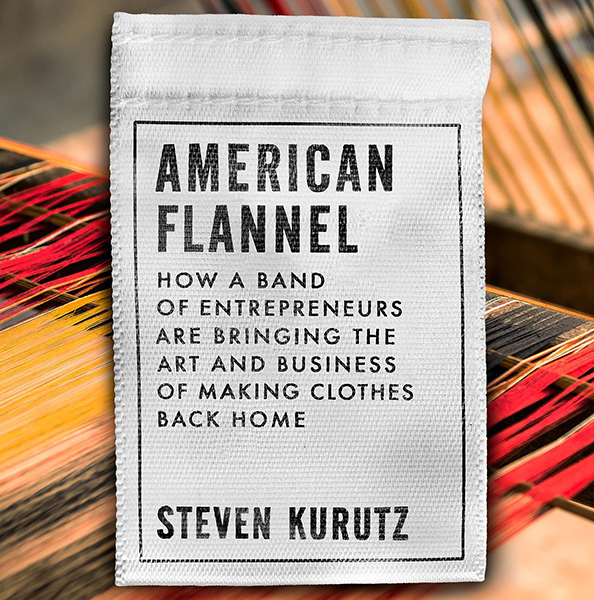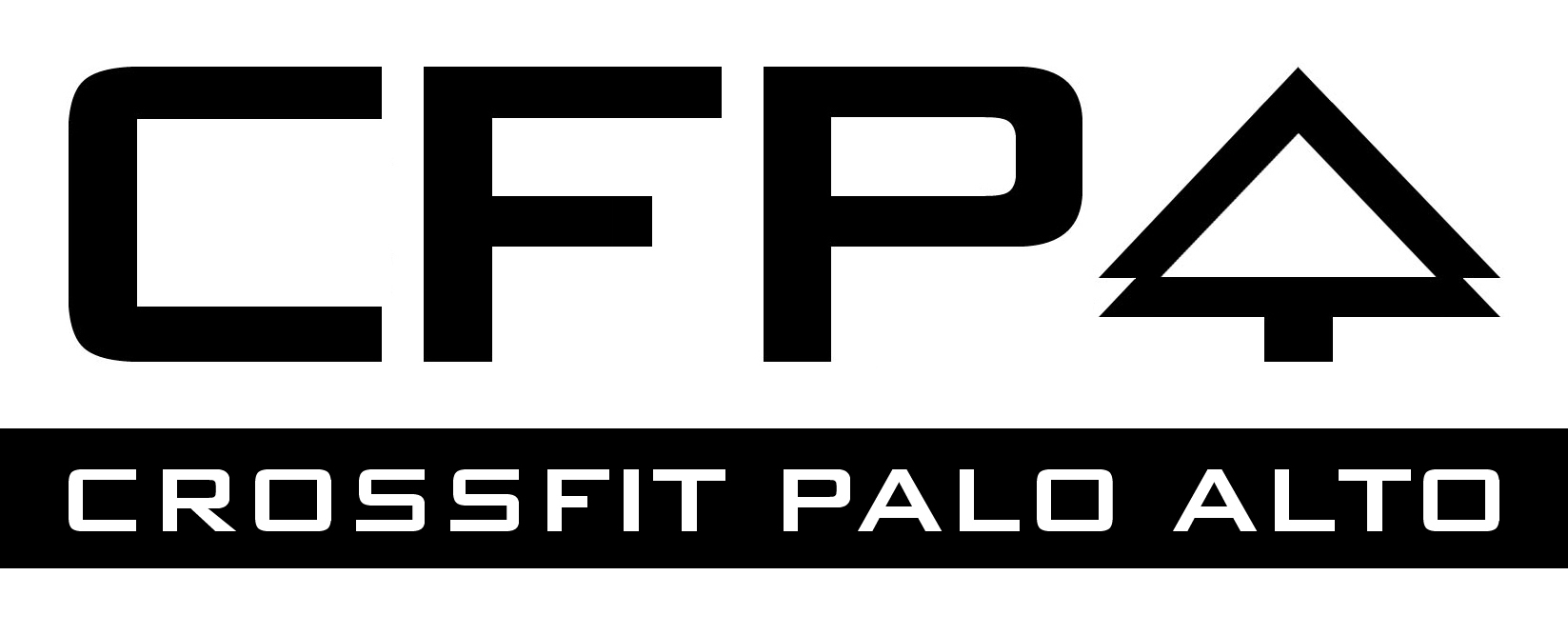Mechanics. Consistency. Intensity. Repeat.

“Systems create behaviors. Behaviors become habits. Habits drive outcomes.” – Trendy Inspirational Social Media Wannabe
Someone Else’s Deep Squats (Thoughts)
The following is taken from an article in The CrossFit Journal titled, “Charting a Course to Intensity” by: Joe DeGain. Everyone at CrossFit Palo Alto has heard this and experienced this in action. Sometimes it’s helpful to hear it from someone else.
The CrossFit Level 1 Certificate Course places a large emphasis on the safe introduction of proper levels of intensity. This is best accomplished when a responsible coach or affiliate has a charter to prepare athletes for intensity.
The charter presented at Level 1 Certificate Course is as follows:
Mechanics—Does the athlete know the points of performance of the movements? Can the athlete display these points of performance in all movements?
Consistency—Can the athlete perform multiple repetitions of movements well without instruction? Also, has he or she been in the gym long enough to develop a tolerance for intensity?
Intensity—Once an athlete consistently displays sound mechanics and acquires a suitable training history, coaches can introduce intensity with appropriate loads and speeds.
There is no single correct way to initially prepare athletes for the intensity necessary to produce results, but it is imperative that a process exists to bring athletes through an appropriate series of steps that minimizes risk while trainers maximize intensity.
With a basic level of experience and knowledge, athletes will be able to learn new skills more quickly and easily because of the common themes shared by many functional movements. Increased proficiency in CrossFit’s nine foundational movements will provide new athletes with an ever-broader foundation, which will allow them to increase intensity and develop more advanced movements.
For example, the Level 1 Certificate Course doesn’t cover common CrossFit movements such as kettlebell swings, rowing, odd-object lifting, etc. However, the nine foundational movements of CrossFit are covered in depth and leave an athlete only one or two cues away from being able to correctly perform many other movements. If an athlete knows how to extend the hips before pulling (a skill developed in the sumo deadlift high pull) and can create an active shoulder and move with weight balanced overhead in the frontal plane (a skill developed in the overhead squat), he or she is only a couple of cues away from performing a snatch.
By introducing athletes to proper movement mechanics, ensuring quality movement and scaling advanced movements, coaches build a foundation on which athletes can acquire advanced skills and push for higher intensities.
Embarrassingly, I did not program heavy overhead squats at my gym, 810 CrossFit in Michigan, even though I knew they were necessary to provide constant variance and optimal results for my athletes. The decision was made because I found it daunting to teach athletes to perform overhead squats: I had to teach people how to take the bar out of the rack, adjust the hands, position the elbows, jerk the bar overhead, squat or dump the load safely, return the bar to the back, adjust the hands again, and then rack the bar.
Were overhead squats the problem? No. The problem was that my athletes had not been taught the mechanics of getting a heavy load into and out of the overhead position. By inserting the mechanics of executing overhead squats into my on-ramp, athletes were prepared for a workout with heavy overhead squats. Now I teach the push jerk before I teach the overhead squat. Athletes know how to get the bar overhead safely, which helps me focus on teaching them to execute the squat.
For existing clients, I had to go back and make sure they received similar instruction so they were prepared for overhead squats. When I designed and implemented a new plan at my gym, all future heavy overhead squat days were easier to coach. A specific plan is critical to success and will make class management a lot easier because you know what athletes have or have not been exposed to.
Notice that my example focused more on the logistics of getting the bar into position rather than the mechanics of the overhead squat. Keep this in mind when designing your plan to increase intensity. Do athletes know how to properly set up and use a band for pull-ups, set up the J-hooks in the squat rack or even operate the collars on a barbell? I’m sure you can think of many other things athletes need to know before they are able to work with intensity.
Mastery starts with exposure to the basics and gradual increases in skill, and it continues with consistent coaching and constant refinement. A plan for intensity is not only for new athletes, and improved mechanics and consistency allow greater intensity at any level in any activity. Regularly revisit the mechanics and consistency phase with your athletes!
As Coach Glassman has said, “Once you think you have mastered the basics, start over again. This time paying closer attention to the details.”

What’s Going On?
Monte Bello Hike
Saturday
April 27, 2024
3pm
Meet at Monte Bello Parking Lot
Led by: Coaches Andrew and Ali
Murph 2024
Memorial Day
May 27, 2024
9am
at CFPA
BONUS:
Post Murph Potluck and HS Graduation Party for Nicole
CrossFit Teens – Spring Session
Who: Boys and Girls aged 12-17
Dates: April 9 – May 30, 2024
When: Tuesdays/Thursdays at 4pm
Led by: Coach Rebecca
Overheard in Class:
“Do you just want to talk and be heard? Or would you like a solution?”
INFLUENCING

American Flannel by: Steven Kurutz Dismayed by shoddy imported “fast fashion”—and unable to stop dreaming of re-creating a favorite shirt from his youth—Bayard Winthrop set out to build a new company, American Giant, that would swim against this trend. New York Times reporter Steven Kurutz, in turn, began to follow Winthrop’s journey. He discovered other trailblazers as well, from the “Sock Queen of Alabama” to a pair of father-son shoemakers and a men’s style blogger who almost single-handedly drove a campaign to make “Made in the USA” cool.
Tim’s Takeaway: I LOVE everything about the entrepreneurial spirit in this book and the American Spirit it represents. It’s especially cool that it entails stories from San Francisco and my home state of North Carolina.
Thank you for your support.
I look forward to what we will do together.

